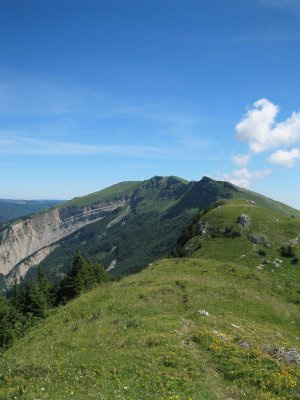
| back to PEAKLIST LISTS AND MAPS PAGE |
go to WORLD ULTRAS PAGE |
back to PEAKLIST HOME PAGE |
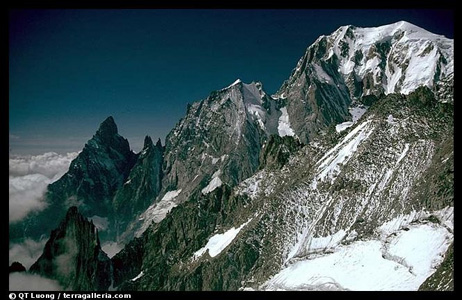

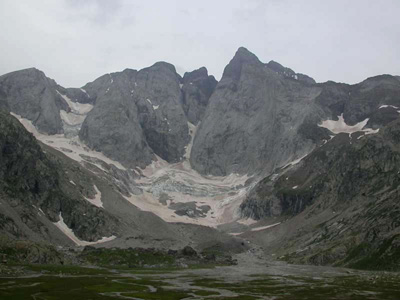 independent state of Andorra, stretch
from the shores of the
Mediterranean Sea in the east to the Bay of Biscay on the Atlantic
Ocean in the west. The chain extends in a relatively straight
line from east to west to a total distance of 435 km (270 miles).
It reaches a maximum width of c.130 km (80 miles). Its total area
is 55,374 square km (21,380 square miles). Two thirds of this
area lies within Spain.
independent state of Andorra, stretch
from the shores of the
Mediterranean Sea in the east to the Bay of Biscay on the Atlantic
Ocean in the west. The chain extends in a relatively straight
line from east to west to a total distance of 435 km (270 miles).
It reaches a maximum width of c.130 km (80 miles). Its total area
is 55,374 square km (21,380 square miles). Two thirds of this
area lies within Spain.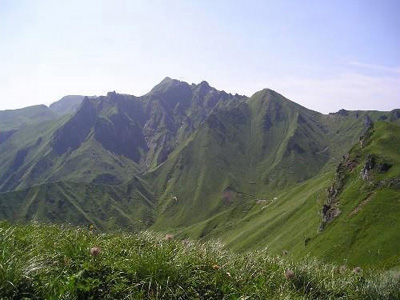
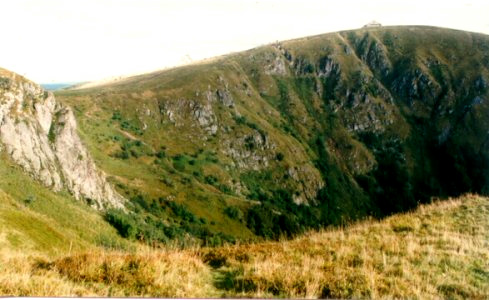
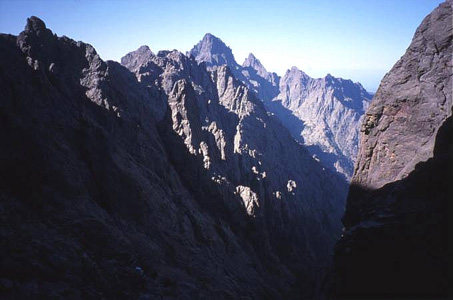
| back to PEAKLIST LISTS AND MAPS PAGE |
go to WORLD ULTRAS PAGE |
back to PEAKLIST HOME PAGE |